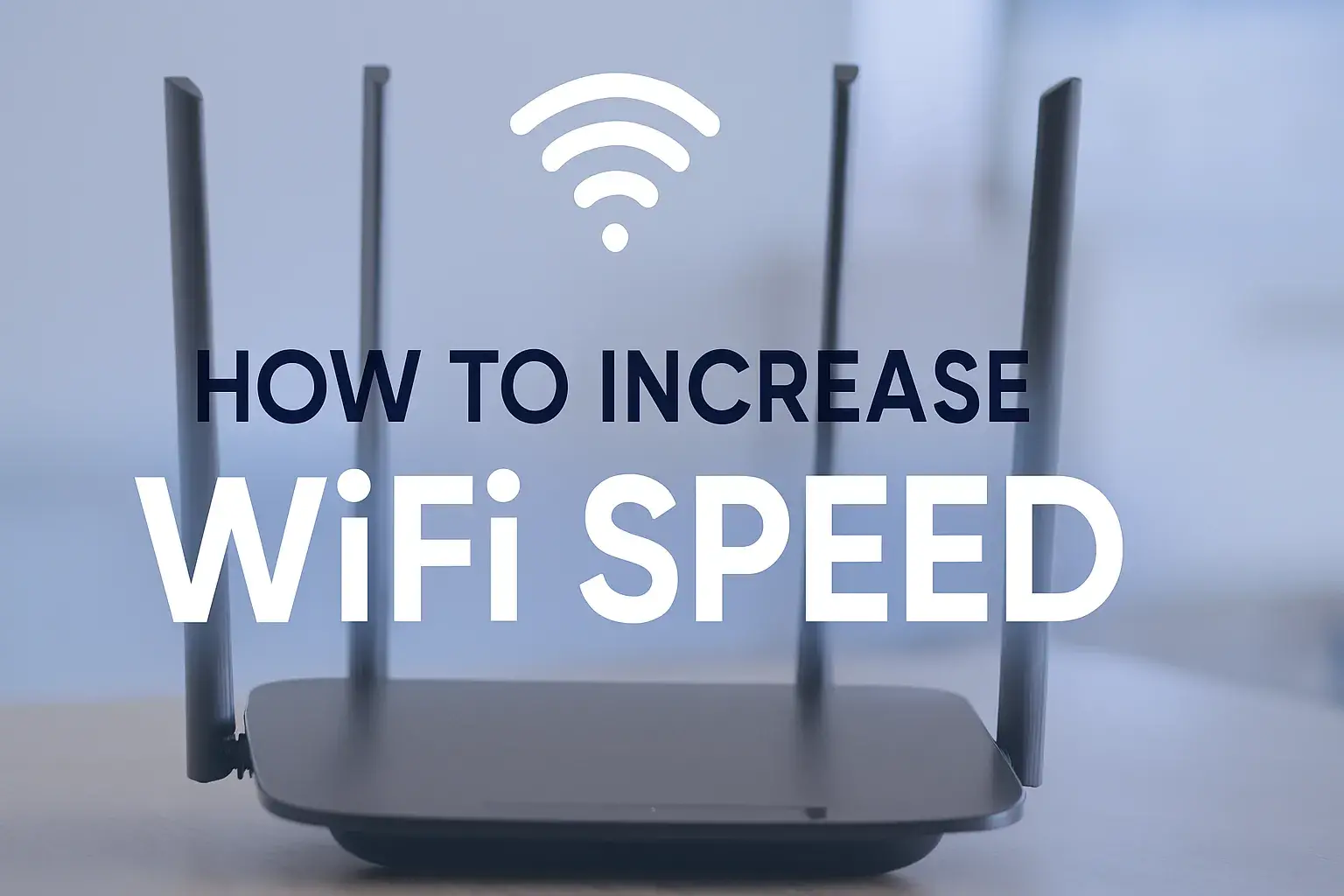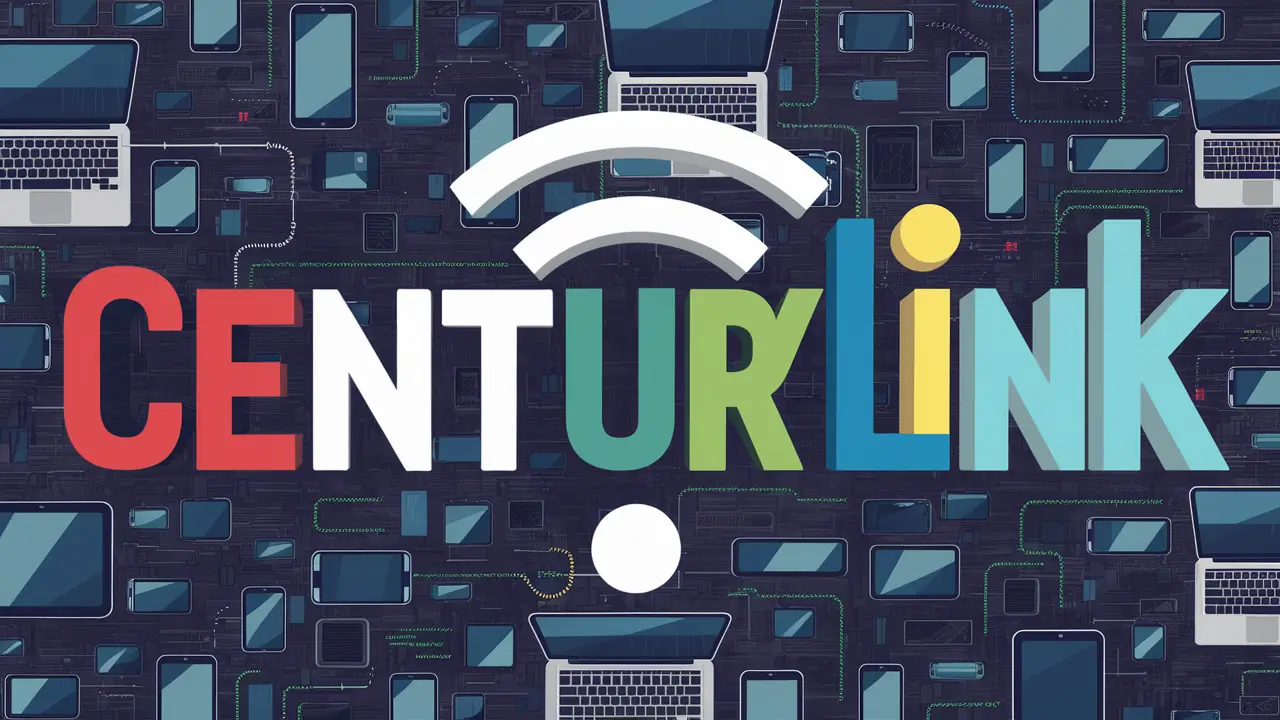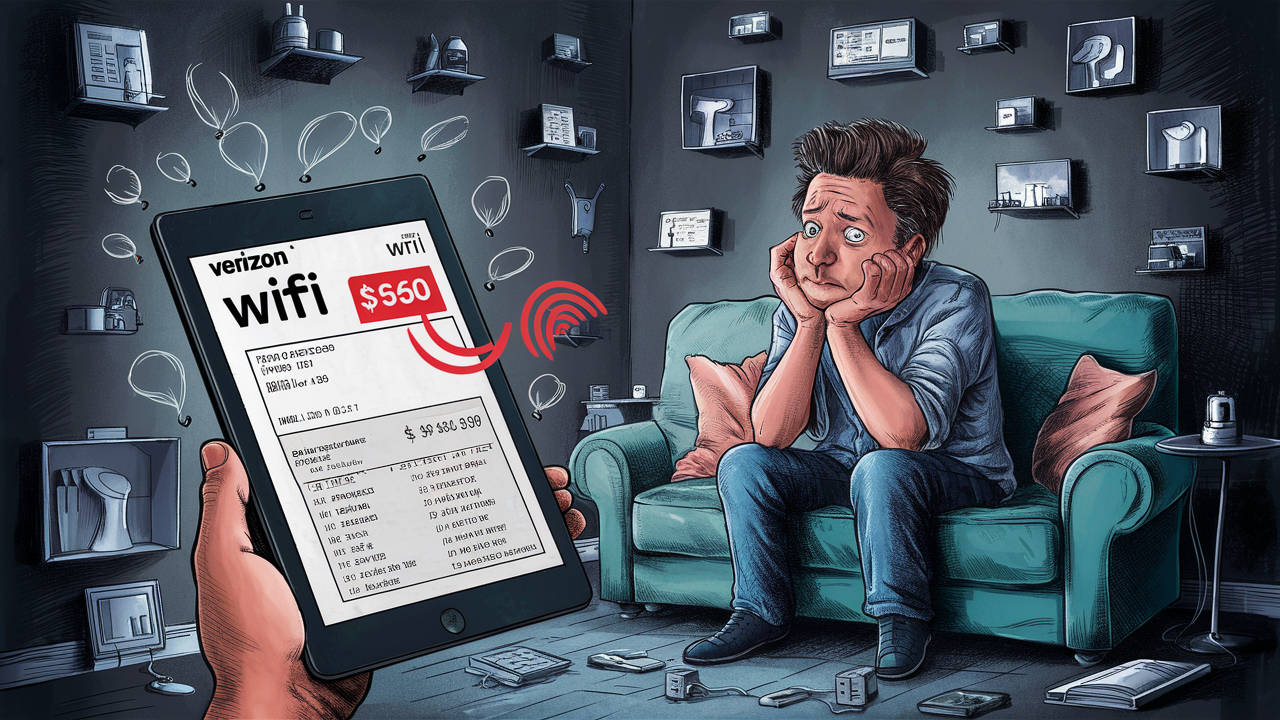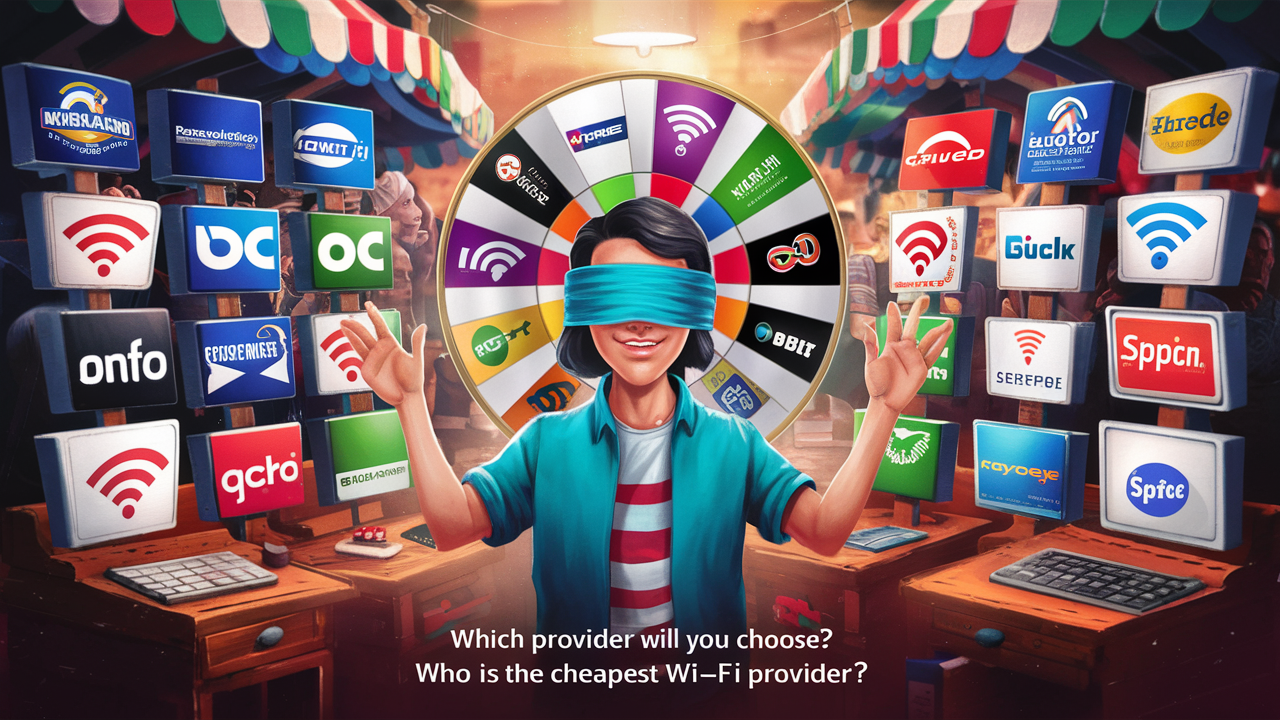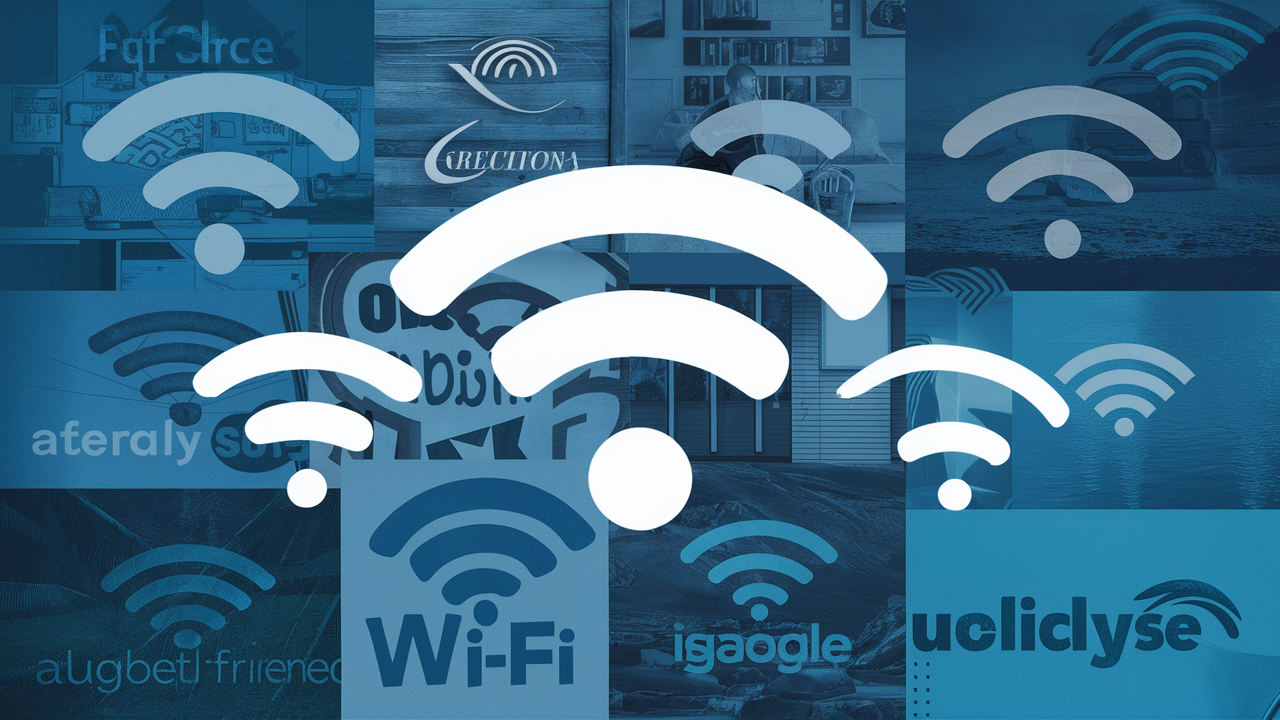How can I reduce my ATT wireless bill?
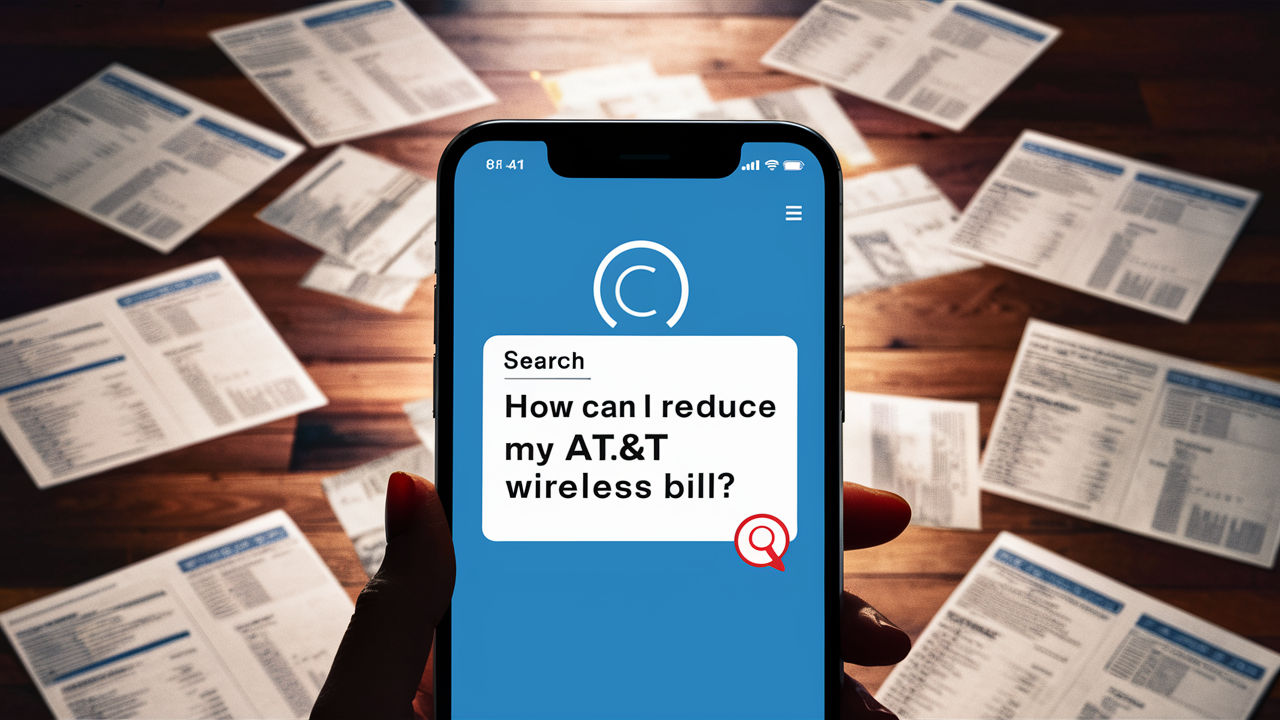
Looking for ways to slash your AT&T wireless expenses? This comprehensive guide reveals actionable strategies, from plan optimization to leveraging discounts, ensuring you get the most value from your mobile service without overpaying. Discover how to reduce your AT&T bill effectively.
Understanding Your AT&T Wireless Bill
Before you can effectively reduce your AT&T wireless bill, it's crucial to understand where your money is going. AT&T bills can be complex, often featuring a mix of monthly service charges, equipment installments, activation fees, taxes, and various surcharges. By dissecting your statement, you can identify areas where costs are higher than anticipated and pinpoint opportunities for savings. Typically, a bill includes charges for your core service plan (data, talk, text), any device payment plans, add-on features like international calling or data packages, and government-mandated taxes and fees. Understanding each line item is the first step towards a more affordable mobile experience.
Optimizing Your AT&T Wireless Plan
The most significant impact on your monthly bill often comes from your chosen service plan. AT&T offers a variety of plans, and what worked for you a year ago might not be the most cost-effective option today. Regularly reviewing and adjusting your plan to match your current usage patterns is key to reducing costs.
Assess Your Data Usage
Data is often the most expensive component of a wireless plan. Many users pay for more data than they actually consume. AT&T's plans range from limited data options to unlimited data. For 2025, understanding your typical monthly data consumption is paramount. You can usually find this information by logging into your AT&T account online or through the myAT&T app. Look for sections detailing your data usage over the past few billing cycles. If you consistently use less than your plan's allowance, you might be able to downgrade to a cheaper plan with less data.
Example: If your plan includes 15GB of high-speed data and you've averaged only 8GB per month for the last six months, consider switching to a plan with a lower data cap, such as 10GB or even 6GB, if available and sufficient. This could lead to savings of $10-$20 per line per month.
Conversely, if you're frequently hitting your data limit and incurring overage charges or experiencing throttled speeds, you might actually save money by upgrading to a plan with more data or an unlimited option, especially if the overage charges are substantial.
Consider Different Plan Tiers
AT&T offers several tiers of plans, often categorized by data allowances and features. These can include:
- Unlimited Basic/Starter Plans: These typically offer unlimited talk and text, with a set amount of high-speed data before speeds are reduced. They are generally the most affordable unlimited option.
- Unlimited Extra/Preferred Plans: These plans offer more high-speed data, often include hotspot data, and may come with additional perks like streaming service subscriptions or international features.
- Unlimited Premium/Elite Plans: These are AT&T's top-tier plans, offering the most high-speed data, the most generous hotspot data, and often the most premium perks.
- Limited Data Plans: For users who primarily connect to Wi-Fi and use minimal mobile data, plans with a specific data cap (e.g., 4GB, 10GB) can be significantly cheaper than unlimited plans.
In 2025, AT&T continues to refine its unlimited offerings. It's essential to compare the specific data thresholds, hotspot allowances, and included perks of each tier. Don't pay for features you don't use. For instance, if you rarely use your phone as a hotspot, a plan with a high hotspot data allowance is unnecessary and likely more expensive.
Family Plans and Multi-Line Savings
If you have multiple lines on your account (e.g., for family members), consolidating them onto a single AT&T family plan can lead to substantial savings. AT&T typically offers discounts for each additional line added to an account. The cost per line often decreases as you add more lines.
2025 Multi-Line Savings Example:
| Number of Lines | Estimated Monthly Savings (per line) | Total Estimated Monthly Savings |
|---|---|---|
| 1 Line | $0 | $0 |
| 2 Lines | $10 - $15 | $20 - $30 |
| 3 Lines | $15 - $20 | $45 - $60 |
| 4 Lines | $20 - $25 | $80 - $100 |
These are estimated savings and can vary based on the specific unlimited plan chosen. Always check AT&T's current promotions for multi-line discounts, as they can be quite generous, especially when bundled with new device offers.
Explore Prepaid Options
AT&T also offers prepaid wireless plans under the AT&T PREPAID brand. These plans are often more affordable than their postpaid counterparts because they require payment in advance and typically do not involve credit checks or long-term contracts. For users who want predictable monthly costs and don't need the premium features of postpaid plans, AT&T PREPAID can be an excellent way to reduce expenses.
Key benefits of AT&T PREPAID:
- No Credit Check: Accessible to everyone.
- Fixed Monthly Costs: No surprise bills.
- Data Options: Various data allowances available, including unlimited plans.
- Potential for Discounts: AutoPay discounts are usually available.
For budget-conscious individuals or those with simpler needs, AT&T PREPAID plans can offer significant savings compared to traditional postpaid plans. For instance, a 15GB data plan on AT&T PREPAID might cost around $40-$50 per month with AutoPay, whereas a similar postpaid plan could be $60-$70 or more.
Leveraging AT&T Discounts and Promotions
Beyond plan optimization, AT&T offers a variety of discounts that can significantly reduce your monthly bill. These are often overlooked but can add up to substantial savings over time.
Employer and Affinity Discounts
Many large employers, universities, and professional organizations have partnerships with AT&T that offer special discounts on wireless service. These discounts can range from 10% to 25% off your monthly service charges. It's worth checking if your employer or any organizations you belong to offer such a benefit. You can usually verify eligibility through your HR department or the organization's member portal, and then apply the discount via your AT&T account.
How to check:
- Visit the AT&T website and look for "Discounts" or "Partner Programs."
- Enter your employer's or organization's name.
- Follow the prompts to verify eligibility and apply the discount.
Military and First Responder Discounts
AT&T is known for offering substantial discounts to active-duty military personnel, veterans, and first responders (police, firefighters, EMTs). These discounts often apply to unlimited plans and can provide significant monthly savings, sometimes including waived activation fees or other promotional benefits.
Eligibility requirements typically include:
- Proof of service (e.g., military ID, veteran status verification, employment verification for first responders).
- The discount usually applies to one or two lines per eligible account.
These discounts are a great way for AT&T to honor those who serve, and for eligible individuals, they represent a tangible reduction in their wireless expenses. Check the AT&T website for the most current details on these specific discount programs.
Student and Educator Discounts
While less common for wireless plans compared to other services, AT&T sometimes offers specific promotions or discounts for students and educators, particularly through partnerships with educational institutions. Keep an eye on university websites or AT&T's promotions page for any available offers. These might be bundled with specific device purchases or apply to certain unlimited plans.
Loyalty and Retention Offers
If you've been a loyal AT&T customer for a while, you might be eligible for loyalty or retention offers. These are often not advertised and are typically offered when you contact customer service to inquire about lowering your bill or if you express an intention to switch carriers. AT&T wants to keep its customers, and they may offer credits, plan upgrades, or discounts to retain your business. It's always worth asking.
Pro Tip: Mentioning that you've received competitive offers from other carriers can sometimes prompt AT&T to present better retention deals.
Device Promotions and Trade-Ins
While not directly reducing your monthly service bill, taking advantage of AT&T's device promotions and trade-in offers can significantly lower the overall cost of owning a new smartphone. AT&T frequently offers:
- Buy One, Get One (BOGO) deals: Purchase one eligible smartphone and get a second one free or heavily discounted (often via bill credits over a period of months).
- Trade-in offers: Receive substantial credit towards a new device when you trade in an eligible older phone.
- New line activation bonuses: Special offers for adding a new line of service.
These promotions can effectively reduce the perceived cost of a new phone, making it more affordable to upgrade. However, always read the fine print, as these offers often require you to be on a specific unlimited plan and receive the credit as monthly bill installments over 24 or 36 months. If you cancel service early, you may owe the remaining balance on the device.
Managing Additional Charges and Fees
Beyond your core plan and device costs, several other charges can inflate your AT&T bill. Understanding and managing these can lead to further savings.
International Services
If you travel abroad or frequently call international numbers, these services can be expensive if not managed properly. AT&T offers various international packages:
- International Day Pass: Allows you to use your domestic plan's talk, text, and data in over 200 destinations for a daily fee per line. This is often more cost-effective than pay-per-use rates if you use your phone extensively abroad.
- International Packages: For more regular international use, AT&T offers monthly packages for calling and data in specific countries or regions.
- Pay-Per-Use: The most expensive option, generally only advisable for very infrequent international use.
Recommendation: Before traveling internationally, research AT&T's current international plans and compare them to your expected usage. For occasional travelers, the International Day Pass might be sufficient. For frequent travelers or those with family abroad, a dedicated international plan could be more economical.
Premium Services and Subscriptions
AT&T sometimes bundles or offers access to premium services, such as streaming subscriptions, security features, or content services, which are added to your bill. While some of these might be included with higher-tier unlimited plans (e.g., HBO Max/Max, Apple Music), others might be optional add-ons. Carefully review your bill for any such services you may have inadvertently subscribed to or no longer use. You can typically disable these through your AT&T account portal.
Equipment Protection Plans
AT&T offers device protection plans that cover accidental damage, loss, theft, and mechanical breakdown. While these can be valuable if you're prone to damaging your phone, they add a monthly cost to your bill. For 2025, assess whether the cost of the protection plan outweighs the risk and the cost of a potential out-of-warranty repair or replacement. Many people find that by being careful with their devices, they can forgo these plans and save $10-$15 per line per month.
Consider:
- Your personal history with damaging phones.
- The cost of the protection plan versus the deductible for a claim.
- Whether your credit card offers any built-in phone protection.
Understanding Taxes and Fees
A significant portion of your AT&T bill consists of federal, state, and local taxes, as well as regulatory fees and surcharges. These are often non-negotiable and vary by location. While you can't reduce these directly, understanding them helps explain the difference between the advertised plan price and your actual bill. Be aware that some fees are passed through from government mandates, while others are administrative fees charged by AT&T.
Tip: If you move to a new area, your taxes and fees might change. While this isn't a direct saving strategy, it's important context for your overall bill.
Negotiating with AT&T
Sometimes, the most effective way to reduce your bill is to negotiate directly with AT&T. This often involves speaking with customer service representatives who have the authority to offer credits, discounts, or plan adjustments.
When to Call Customer Service
The best times to call customer service for potential bill reductions are:
- When your contract is nearing its end: You have leverage as AT&T wants to retain you.
- When you receive a competitor's offer: Having a concrete offer from another carrier gives you bargaining power.
- When you're experiencing service issues: Sometimes, a goodwill credit can be offered.
- When you're considering leaving AT&T: This is often the trigger for retention specialists to offer deals.
- Periodically, even without a specific reason: A proactive call to review your account can sometimes uncover savings.
What to Say to Customer Service
Be polite, clear, and direct. Start by stating your objective: "I'm looking to reduce my monthly wireless bill." You can then add context:
- "I've been a loyal customer for X years, and I'm finding my current bill to be higher than I can afford."
- "I've received offers from [Competitor Name] that are significantly cheaper for similar services."
- "I've reviewed my usage and believe I'm on a plan that's more expensive than I need."
- "Are there any discounts or promotions available for long-term customers like myself?"
Avoid being demanding or aggressive, as this can be counterproductive. Focus on finding a mutually beneficial solution.
Preparing for the Call
Before you call, gather the following information:
- Your AT&T Account Number and PIN/Password.
- Your current plan details: Data allowance, features, monthly cost.
- Your typical monthly usage: Data, talk, text.
- Competitor offers: Details of any better deals you've found elsewhere.
- Desired outcome: What specific savings or plan change are you hoping for?
Having this information readily available will make your conversation more efficient and increase your chances of success.
Alternative Strategies for Saving
If optimizing your AT&T plan and leveraging discounts isn't enough, consider these alternative strategies.
Leveraging Wi-Fi Offloading
If you have a limited data plan or are trying to conserve data on an unlimited plan, make it a habit to connect to Wi-Fi whenever possible. This includes Wi-Fi at home, work, public places like coffee shops or libraries, and even Wi-Fi hotspots offered by AT&T in some areas. By offloading your data usage to Wi-Fi, you reduce your reliance on the cellular network, which can prevent overage charges or help you stay within your high-speed data cap on unlimited plans.
Consider Mobile Virtual Network Operators (MVNOs)
MVNOs are companies that lease network capacity from major carriers like AT&T, Verizon, and T-Mobile. They often offer significantly lower prices for similar services. AT&T's network is used by several MVNOs, such as:
- Cricket Wireless: Owned by AT&T, Cricket offers a more budget-friendly prepaid service that runs on AT&T's network. They have various unlimited and limited data plans.
- H2O Wireless: Another MVNO using the AT&T network, offering competitive prepaid plans.
- Consumer Cellular: Known for its simple plans and excellent customer service, also uses the AT&T network.
If you find that AT&T's own plans are still too expensive, switching to an MVNO that uses the AT&T network can provide substantial savings while maintaining good coverage in most areas. For example, a 10GB plan on Cricket Wireless might cost $30-$40 per month, compared to $60-$70 on AT&T's postpaid service.
Monitoring Usage Alerts
AT&T provides tools to help you monitor your data usage and avoid unexpected charges. You can set up usage alerts through your myAT&T account or the app. These alerts notify you when you're approaching your data limit. By staying aware of your usage, you can make informed decisions about when to connect to Wi-Fi or avoid data-intensive activities when you're on the go.
Setting up alerts:
- Log in to your myAT&T account.
- Navigate to the "Usage" section.
- Look for options to set up data, talk, and text alerts.
- Customize the thresholds at which you want to receive notifications.
This proactive approach can save you from costly overages and help you manage your plan more effectively.
Conclusion: Your Path to a Lower AT&T Bill
Reducing your AT&T wireless bill in 2025 is achievable through a combination of strategic planning, diligent research, and proactive management. Start by thoroughly understanding your current bill and usage patterns. Then, explore plan optimization, considering if your data needs align with your current plan's allowances. Don't overlook the significant savings available through various AT&T discounts, including employer, military, and loyalty programs. Managing additional charges like international services and equipment protection is also crucial. If direct negotiation with AT&T doesn't yield the desired results, consider the cost-effective alternatives offered by MVNOs that utilize the AT&T network. By implementing these strategies consistently, you can gain control over your mobile expenses and ensure you're paying a fair price for your AT&T wireless service.
